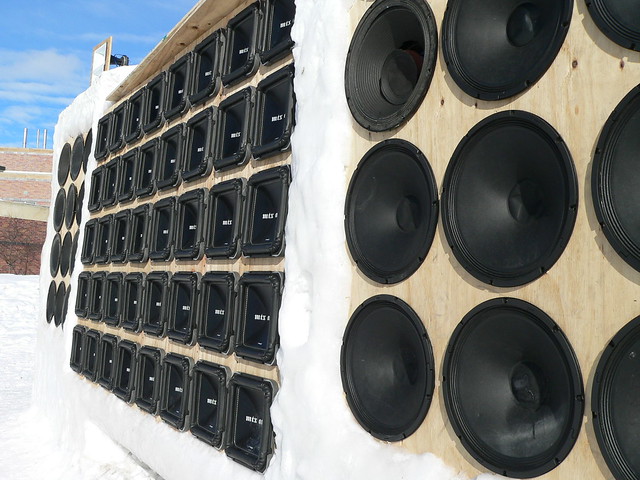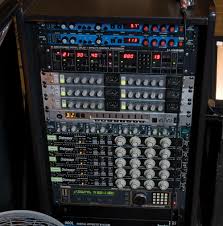A lot of people remain surprised at this however there is some quite simple logic behind the argument.
Firstly we must differentiate between the two parts of a speaker system. The speaker is the device inside that actually moves. The speaker enclosure is the cabinet that encloses the speakers. Arguably, the design and build quality of the cabinet is far more important than the speaker itself.
Speakers by their nature are a mechanical device, the fundamental design of the modern speaker has not changed much in the last 100 years.
There are only two major differences between a cheap speaker and expensive speaker.
- The speakers ability to handle a lot of power
- The type of magnet used.
- Old school Iron Ferrite magnets = heavy
- Modern Neodymium magnets = light
The actual sound quality difference between old and new magnet technology is negligible, the only major difference is the weight of the resulting speaker. Therefore an expensive Neodymium based speaker cabinet may not actually sound any better than a low cost Iron Ferrite speaker cabinet. However, you will notice a major difference when you are loading your van.
Modern speakers may also incorporate improved cooling technology to enable them to handle more power. In practice, this technology makes no difference to the sound quality, it just costs more and means the speaker can go 'louder for longer'.
So, if you have a healthy bank balance or are going to be lugging lots of speakers around 5 nights a week, then it may make sense to invest in some high end speakers, but if you are just doing the odd gig here and there and weight is not a big issue for you, save yourself some serious coin and buy some cheaper speakers.
Next week I'll look more closely at the different types of speaker and also the properties of a speaker we might be interested in.




